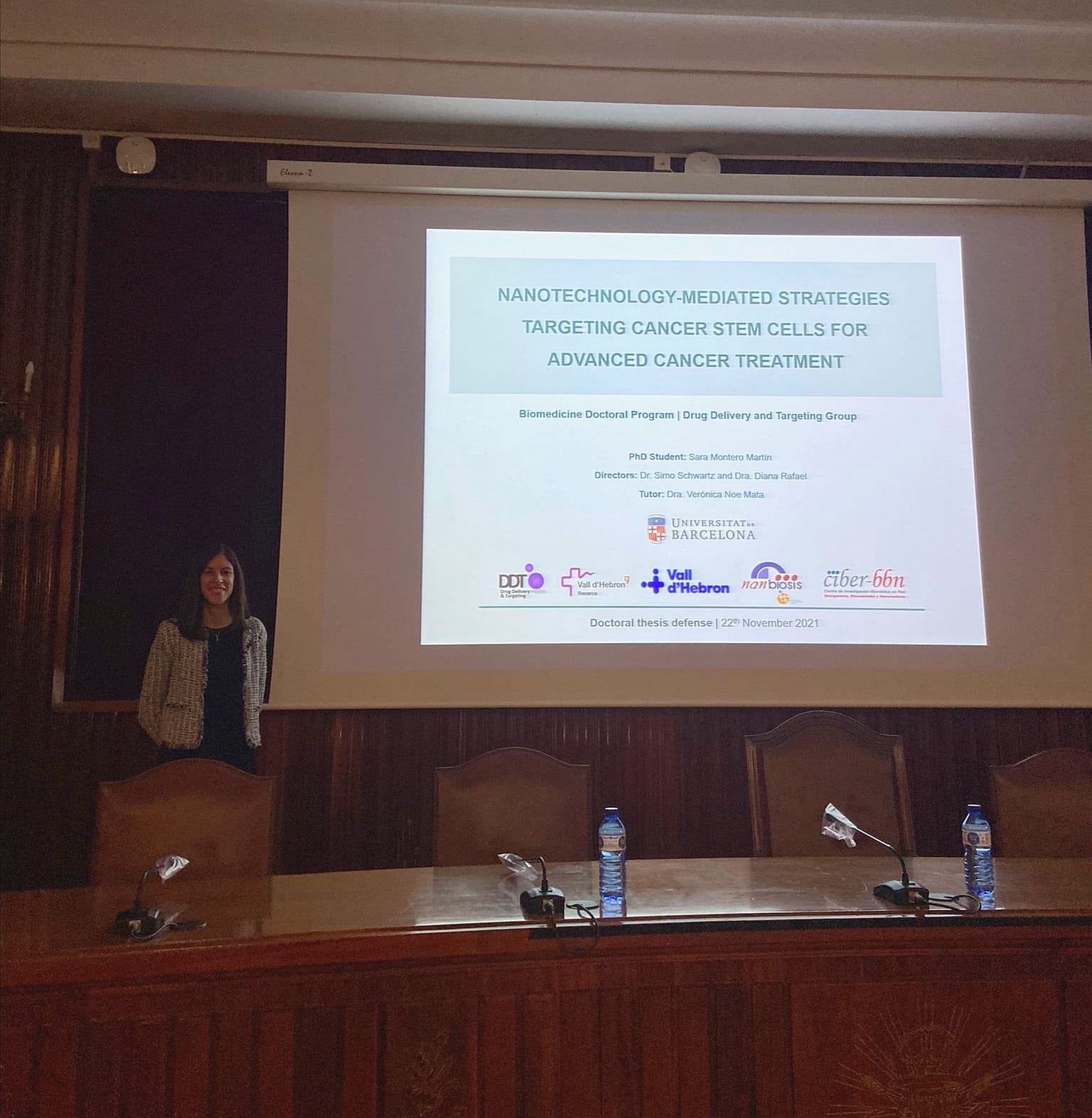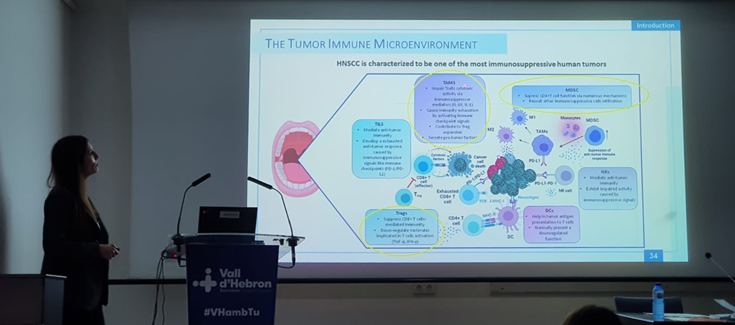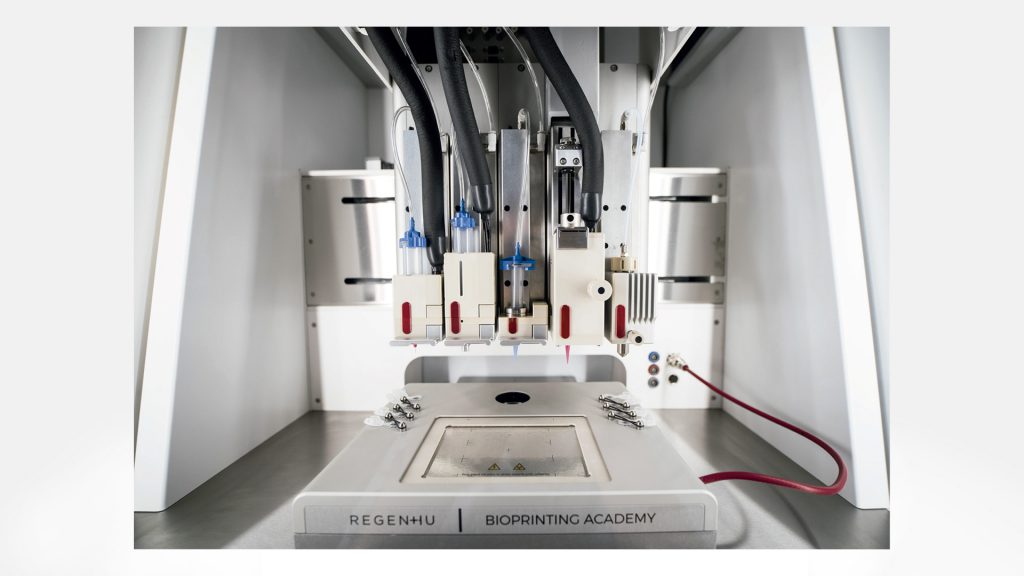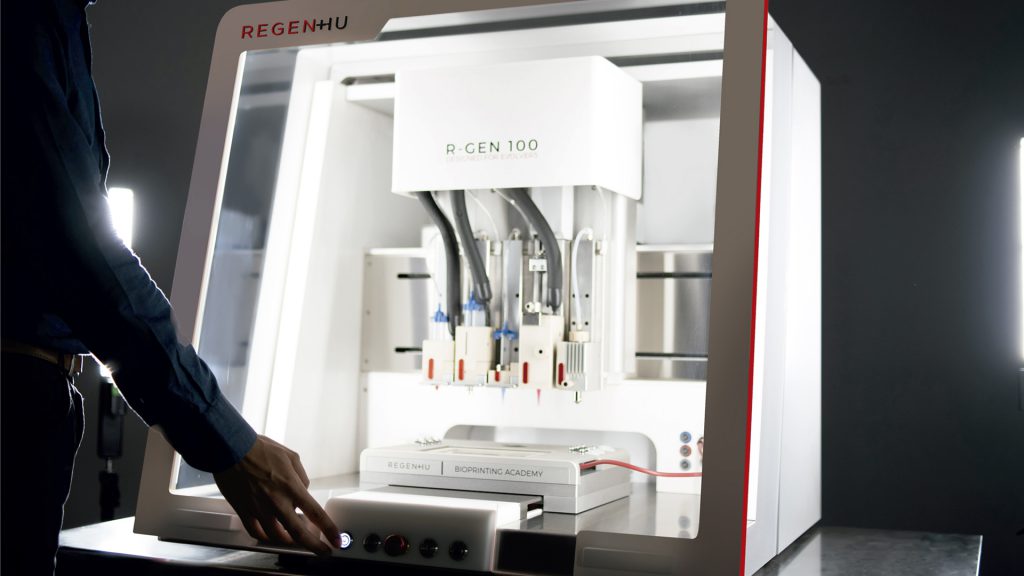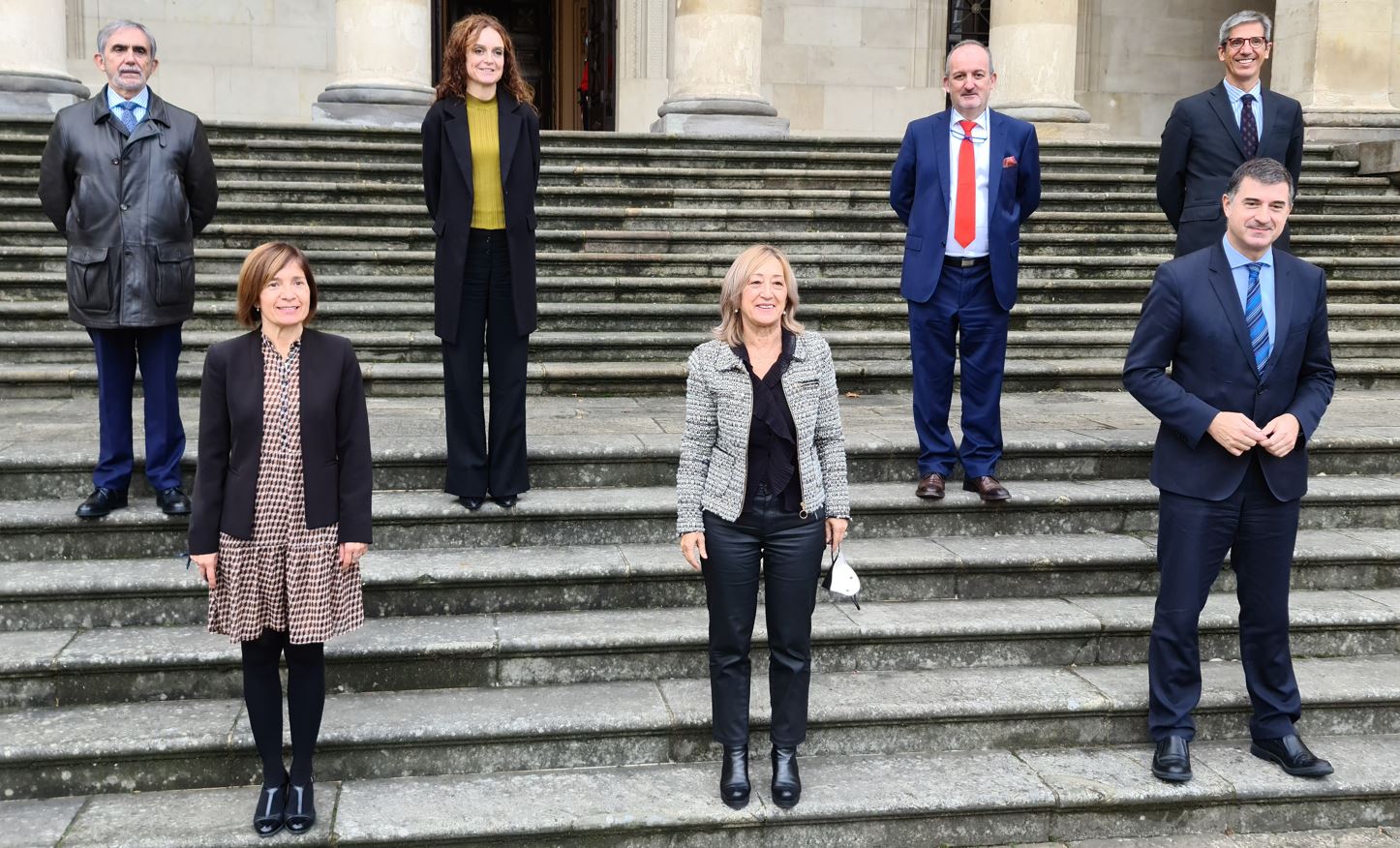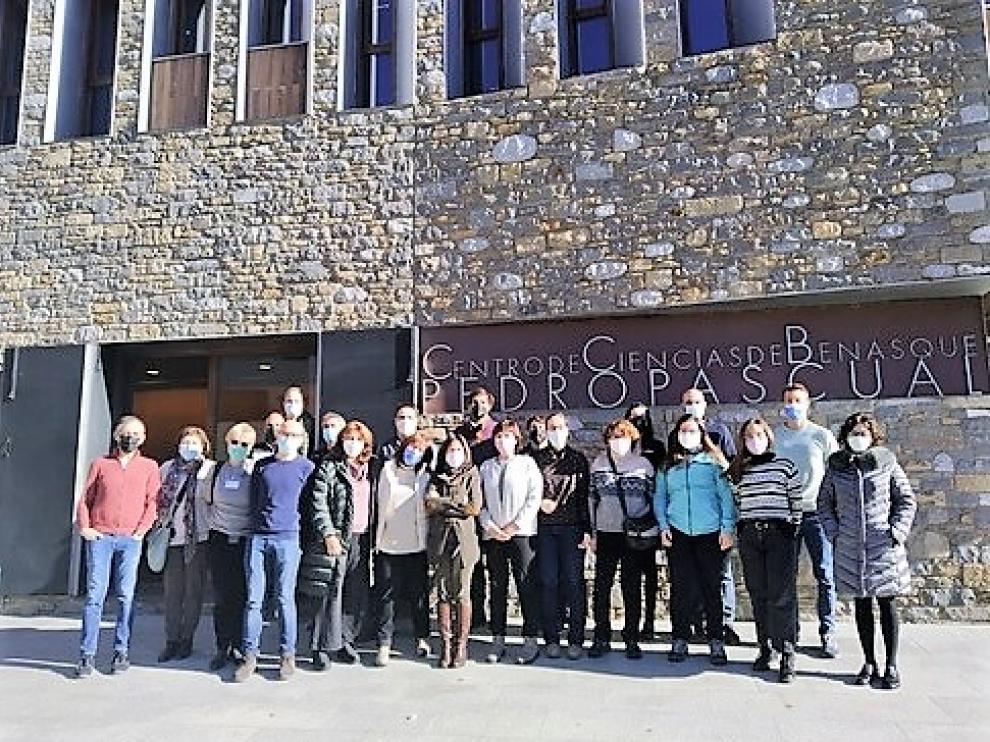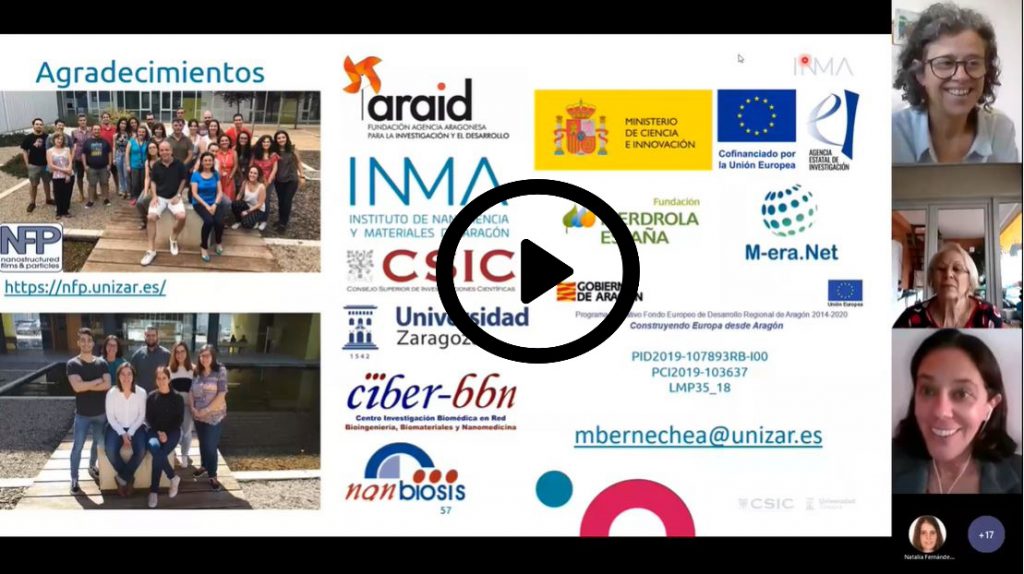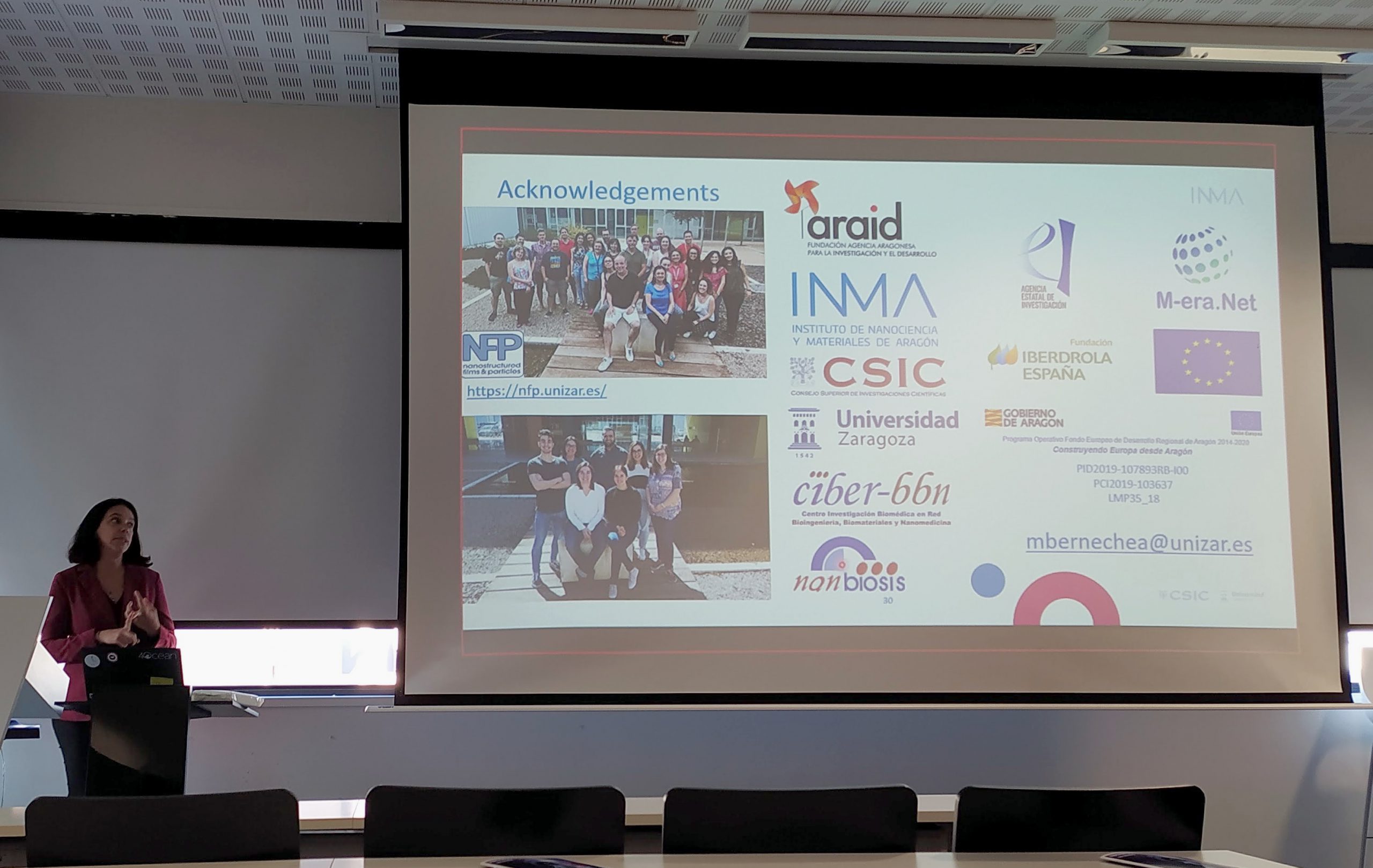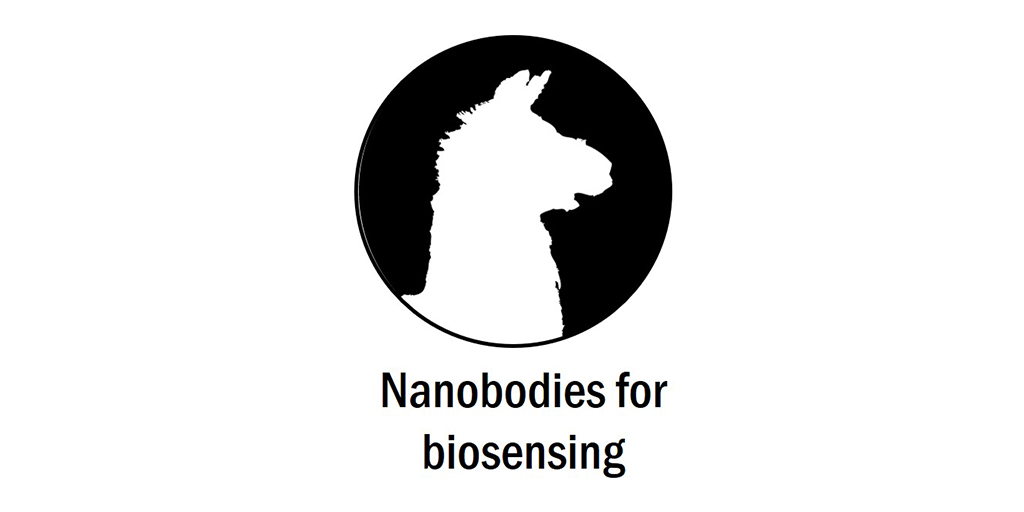New therapeutic strategies for the treatment of advanced breast and colon cancer
Sara Montero, researcher of the “Drug Delivery and Targeting” of CIBER-BBN and VHIR, presented her thesis work on November 22 “Nanotecnnology mediated extrategies targeting cancer stem cells for advanced cancer tratment”, directed by Dr. Simó Schwrtz and Dr Diana Rafael.
In vivo experiments where carried out through the Unit 20 of the ICTS NANBIOSIS.
The work presented by Sara Montero shows two different types of therapeutic strategies for the treatment of advanced breast and colon cancer. Both strategies focus on blocking proteins essential for the survival and proliferation of cancer stem cells (CMC), known to be the main responsible for current therapeutic failures, tumor repopulation after treatments, as well as the causes of the aggressiveness of the resulting metastases. In addition, both strategies take advantage of the advantages offered by nano-drug delivery systems (nano-DDS) to increase the therapeutic efficacy of administered anticancer agents, reduce harmful side effects and, most relevant, specifically eliminating the CMC fraction within tumors. This project has also made it possible to evaluate the effects of combined therapy, using conventional drugs for the treatment of the disease together with specific molecules for the eradication of CMC in the same nanoplatform; specifically a system of polymeric micelles made up of the amphiphilic polymer Pluronic® F127. Together, this work opens the possibility of co-administering different types of compounds to simultaneously eliminate the two main cell populations that make up tumors and thus achieve complete tumor remission.
